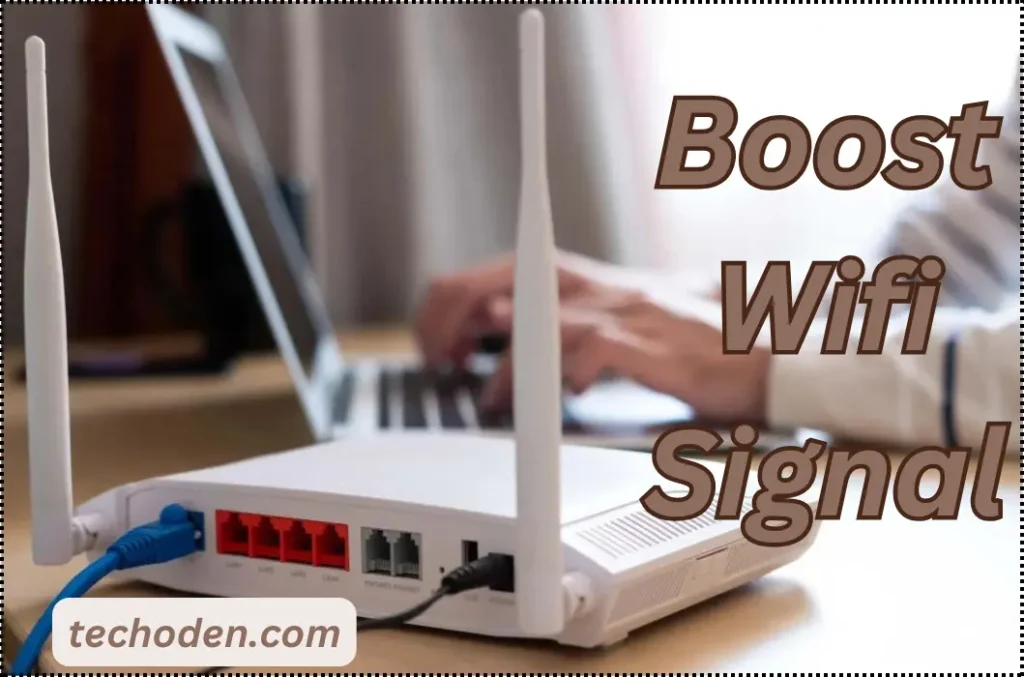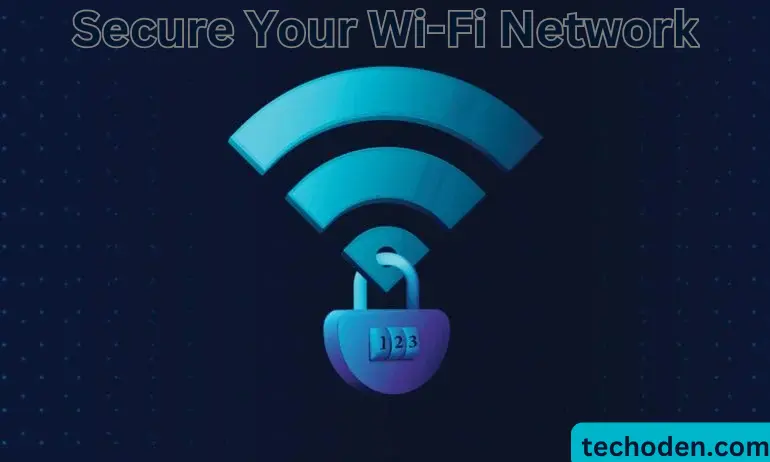
A weak Wi-Fi signal can disrupt work, streaming, gaming, and video calls, leading to frustration and inefficiency. Understanding the factors that affect your internet speed and applying effective solutions can significantly enhance your connectivity. This guide provides expert-backed strategies to boost the Wi-Fi signal, ensuring a faster and more stable connection for all your online activities.
Optimal Router Placement: The Foundation of Strong Signals
Your router’s location plays a critical role in Wi-Fi strength and coverage. Placing it in an obstructed area can weaken the signal.
Solution:
- Position your router in a central location for even signal distribution.
- Keep it elevated on a shelf or wall to reduce obstructions.
- Avoid placing it near walls, large furniture, or metal objects that can block signals.
Choose the Right Wi-Fi Channel: Minimizing Signal Congestion
Many Wi-Fi routers operate on 2.4GHz and 5GHz frequencies, which can be overcrowded due to neighboring networks.
Solution:
- Use tools like WiFi Analyzer to check less congested channels.
- Switch to 5GHz for better speed and reduced interference.
- Manually select the best channel in your router settings.
Upgrade Your Router: Embrace Advanced Technology
Older routers may lack modern features and speed capabilities, reducing network performance.
Solution:
- Upgrade to a dual-band or tri-band router for improved performance.
- Look for Wi-Fi 6 routers that offer faster speeds and lower latency.
- Consider mesh Wi-Fi systems for seamless whole-home coverage.
Use Wi-Fi Range Extenders: Expanding Coverage Area
If certain areas in your home have weak signals, a Wi-Fi range extender can help bridge the gap.
Solution:
- Place the extender midway between your router and dead zones.
- Opt for mesh network systems for a more integrated signal boost.
- Use Powerline adapters if your home has thick walls limiting Wi-Fi reach.
Secure Your Wi-Fi Network: Guard Against Intruders

Unauthorized users can slow down your network and pose security risks.
Solution:
- Change your Wi-Fi password regularly and enable WPA3 or WPA2 encryption.
- Disable SSID broadcasting to prevent unauthorized access.
- Use a firewall and router security settings to block suspicious activity.
Reduce Interference from Other Devices: Enhancing Signal Quality
Household electronics like microwaves, cordless phones, and Bluetooth devices can interfere with Wi-Fi signals.
Solution:
- Keep your router away from electronic appliances.
- Use wired connections (Ethernet) for high-priority devices like gaming consoles.
- Switch to the 5GHz frequency to avoid interference from older devices.
Quality of Service (QoS) Configuration: Prioritizing Essential Traffic
Bandwidth-intensive activities like video calls, gaming, and streaming require stable connections.
Solution:
- Enable Quality of Service (QoS) settings in your router to prioritize critical tasks.
- Allocate bandwidth to specific devices for better network efficiency.
- Reduce background applications that consume unnecessary bandwidth.
Regularly Update Router Firmware: Ensuring Peak Performance
Router manufacturers release firmware updates to improve security and performance.
Solution:
- Check for firmware updates regularly through your router’s admin panel.
- Enable automatic updates if available.
- Restart your router occasionally to refresh network connections.
A Stronger, Faster Connection Awaits
Implementing these strategies will help you enhance your Wi-Fi signal, ensuring a faster and more stable connection for work, gaming, and entertainment. You can maximize internet speed and reliability by optimizing placement, upgrading equipment, securing your network, and minimizing interference.
FAQs
Q1: How can I check my Wi-Fi speed?
You can use tools like Speedtest by Ookla or Fast.com to measure your current internet speed.
Q2: How often should I restart my router?
Restarting your router once a week can help improve network performance by clearing cache and refreshing connections.
Q3: Can using a VPN improve my Wi-Fi speed?
In some cases, a VPN can bypass ISP throttling, but it may slightly reduce speed due to encryption.
Q4: What is the difference between 2.4GHz and 5GHz Wi-Fi?
- 2.4GHz: Better range but slower speeds and more interference.
- 5GHz: Faster speeds with less interference but shorter range.
Conclusion
A slow Wi-Fi connection can be frustrating, but by applying these expert-backed solutions, you can experience stronger, faster, and more reliable connectivity. Keep your network secure, your router updated, and your placement optimized to enjoy seamless internet access in your home or office. Boost Wi-Fi signal By taking these proactive steps, you’ll ensure smooth streaming, efficient work, and uninterrupted gaming—making lag and buffering a thing of the past!



Pingback: Boosting Your Wi-Fi Speed in 5 Simple Steps - techoden